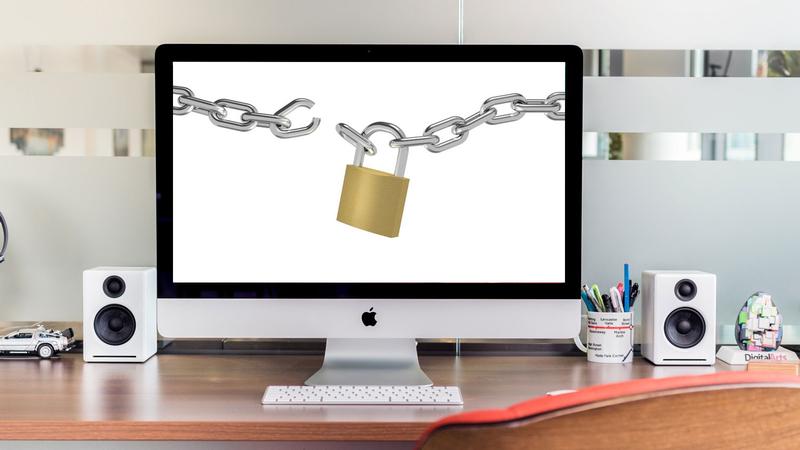Are There Viruses for Mac Computers?
Contrary to popular belief, even Apple computers may be infected with malware. However, unlike Windows, the macOS architecture significantly complicates the work of viruses, some of which rely more on social engineering than on system vulnerabilities.
What you should know about viruses
MacBook viruses can be both targeted and non-targeted. Targeted attacks are aimed at specific companies or people. Non-targeted attacks use rogue spam services and advertising and are aimed at mass audience.
In connection with these features, the developers of viruses use very specific vulnerabilities, coupled with social engineering, literally forcing the user to install the virus on the Mac. In other words, your Mac itself cannot “become infected” (with very few exceptions), and specific user actions should precede the infection.
The fact is that Apple itself is closely watching the emergence of new viruses and, if for some reason it is impossible to close the vulnerability, the Mac simply will not let you install malware.
How do I check macOS for viruses?
Online services offer a lot of different utilities for cleaning Mac OS from viruses, however, such utilities can be useful when working with professional programs that leave a lot of temporary files and simple garbage, but in our case, they will do more harm than good. In addition, if the free program offers to pay for the removal of viruses, it is a reason to guard. Many viruses for macOS are disguised as quite safe utilities – for example, Flash Player.
Most often, the infection of a MacBook is accompanied by aggressive advertising in a browser window with an ironic suggestion to clean the system. Of course, we will not accept this application.
How to remove malware from Mac?
Cleaning up MacBook from viruses is much more difficult than removing any Trojan from Windows PC. The point lies in the specifics: on MacBook, the virus, in fact, is not a virus in the usual understanding of this definition, which somewhat complicates the search for malware. Sometimes a virus may not be a program at all. Attackers can substitute the DNS server on your Mac (or router, but this is a different case), which also leads to the appearance of advertising or, even worse, web redirects, which will allow hackers to seize information about bank cards and other data.
Fortunately, often it sounds worse than it actually is. All you need to do – check the DNS server in the system settings. Any suspicious addresses set in the DNS tab should be removed immediately. Be careful not to delete the address of your router! Automatic tools from reputable antivirus companies can help too.
How to stay safe in future?
If you are an employee of a large organization, you are in a potentially targeted group. As practice shows, some viruses reveal themselves only after years of “productive work.”.
Always install all minor system updates and, conversely, do not rush with major updates. The fact is that new big macOS releases often come with new vulnerabilities, the search and elimination of which takes from a couple of days to several months.
Finally, it is advisable not to install questionable applications in general, and Flash Player in particular. As Steve Jobs used to say, Flash is an outdated technology that brings only problems.

